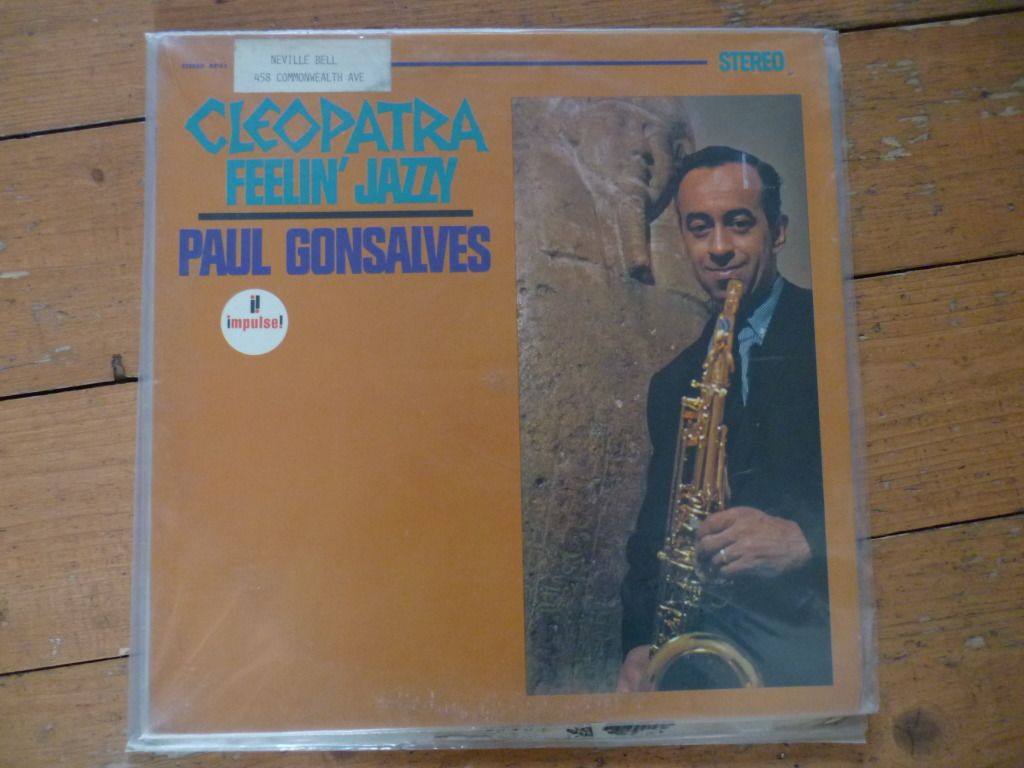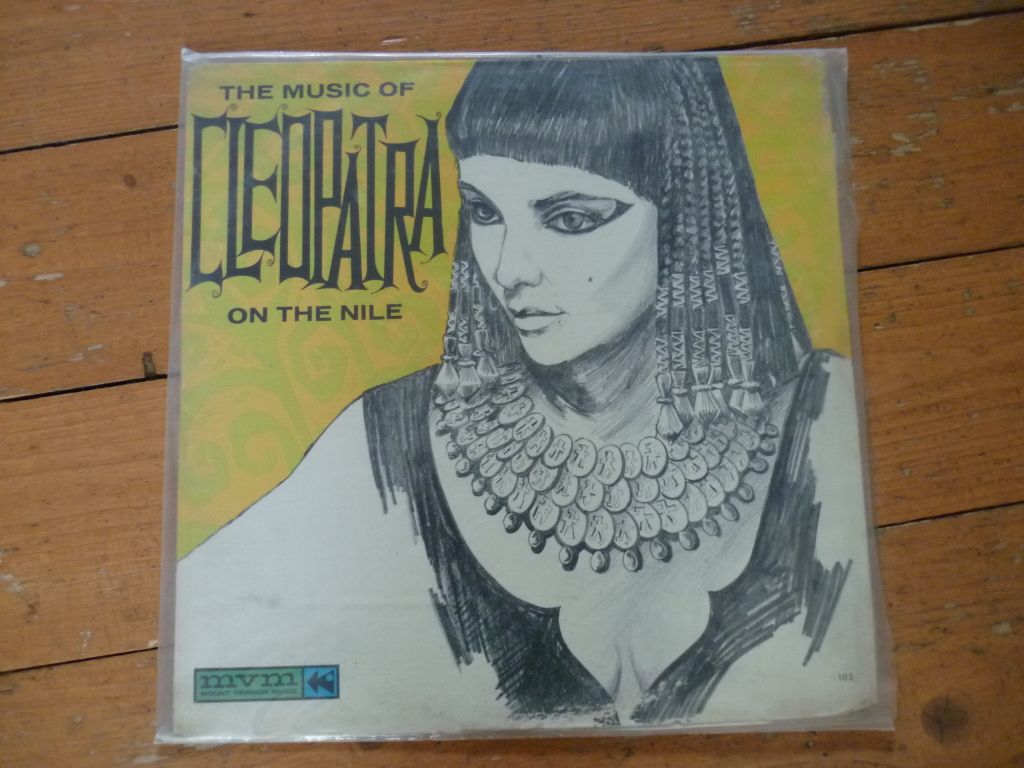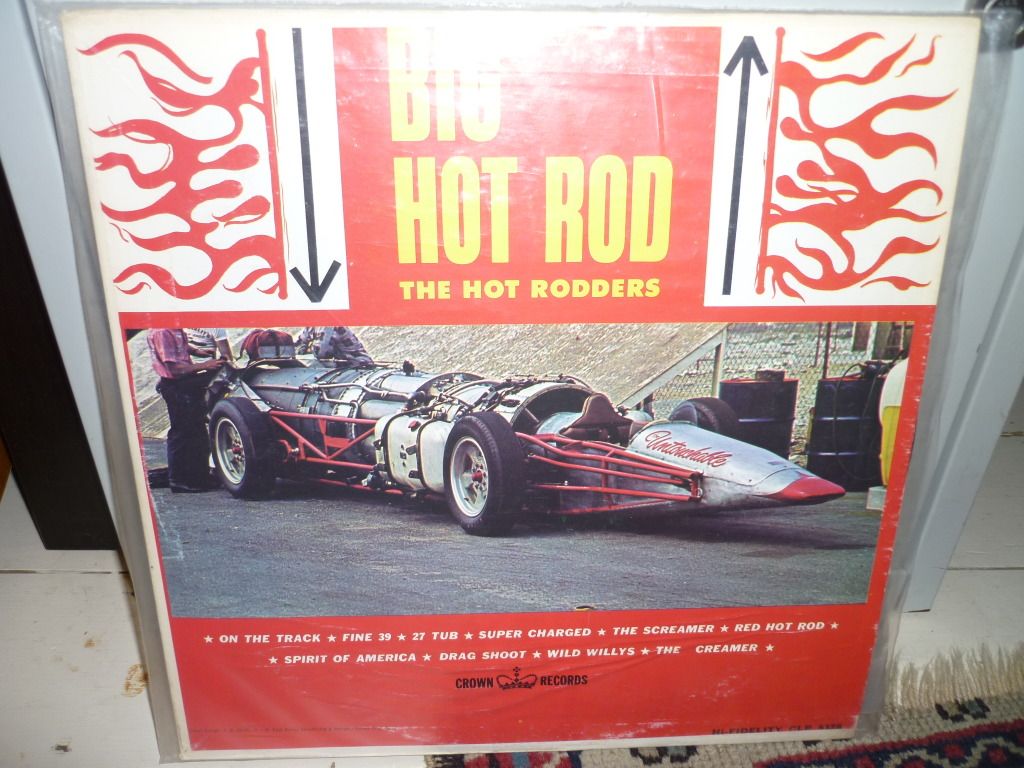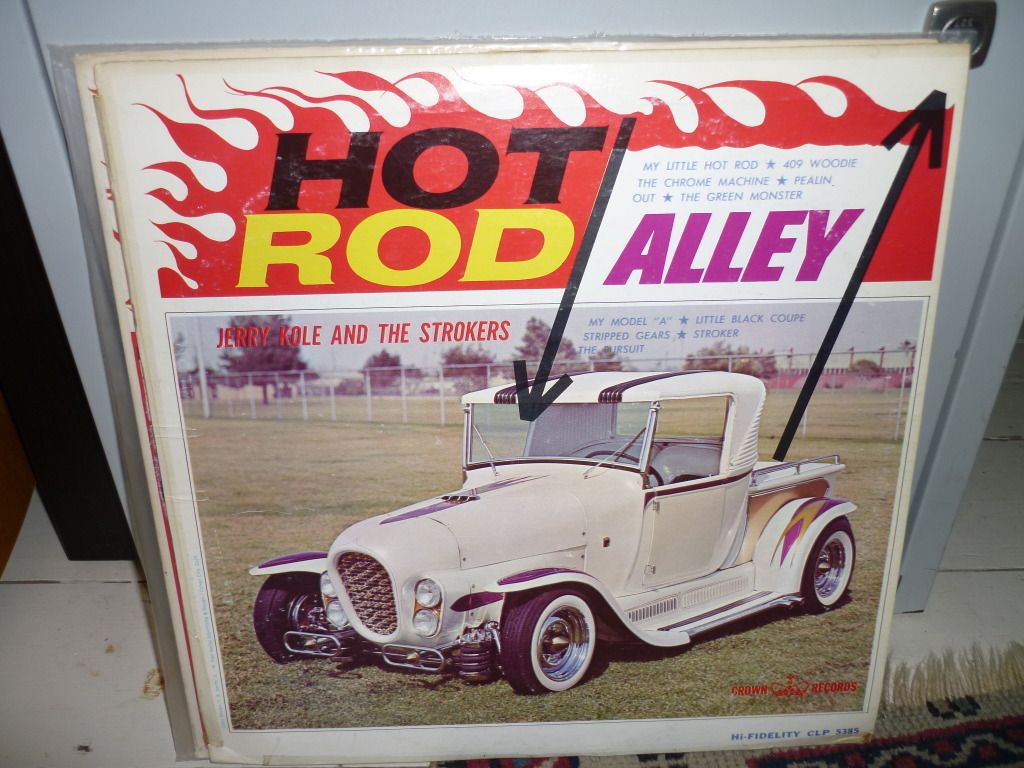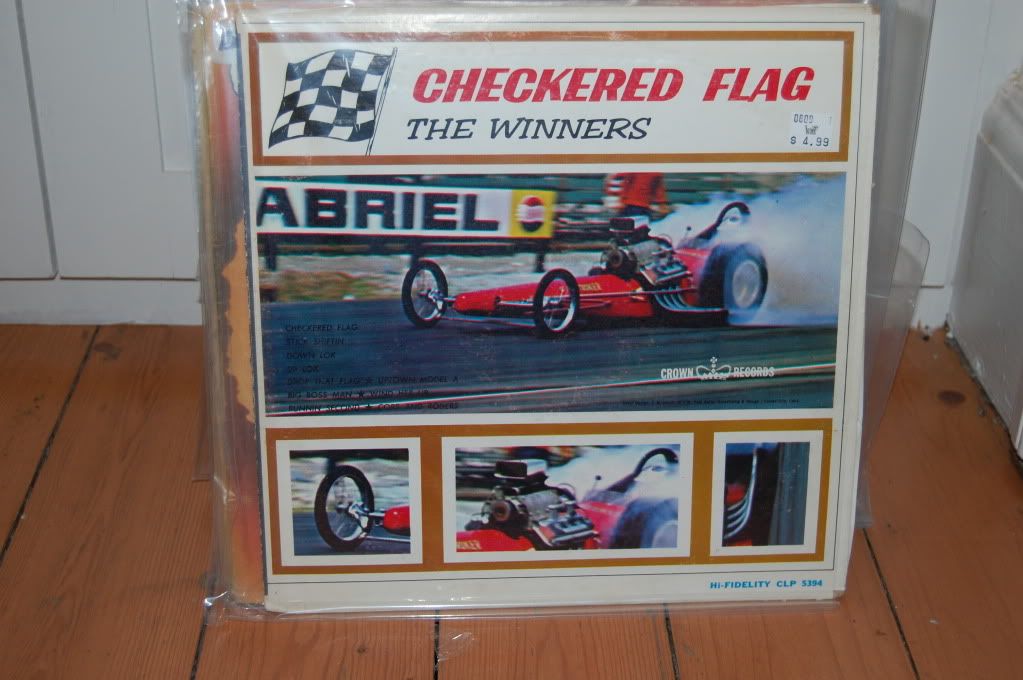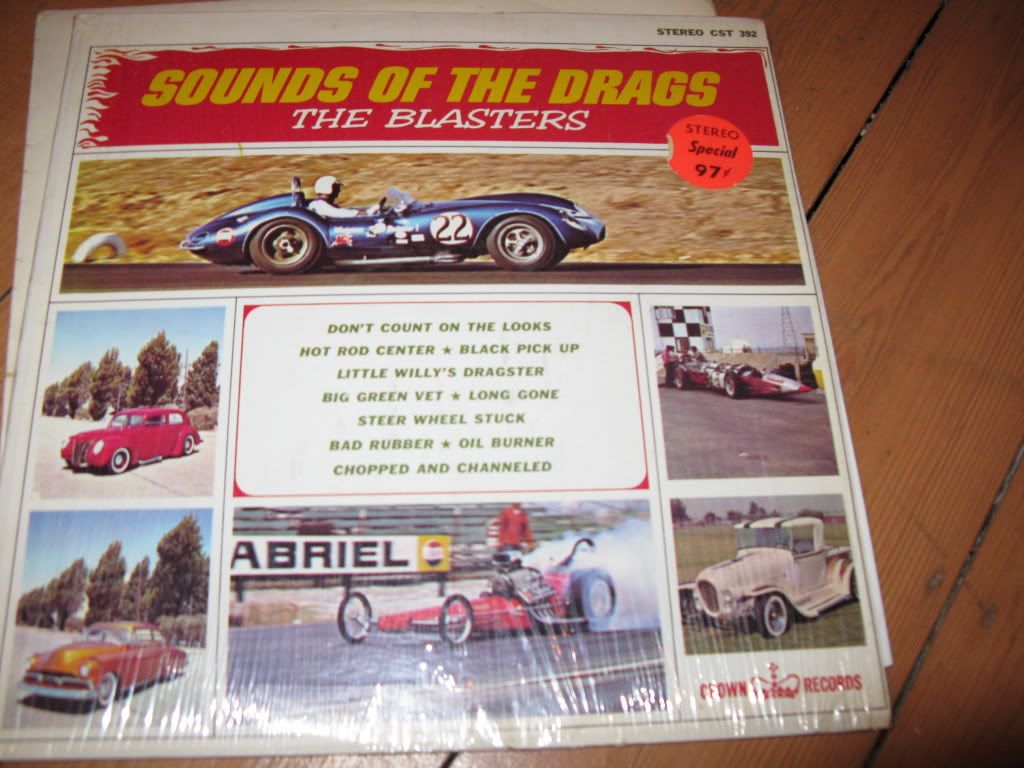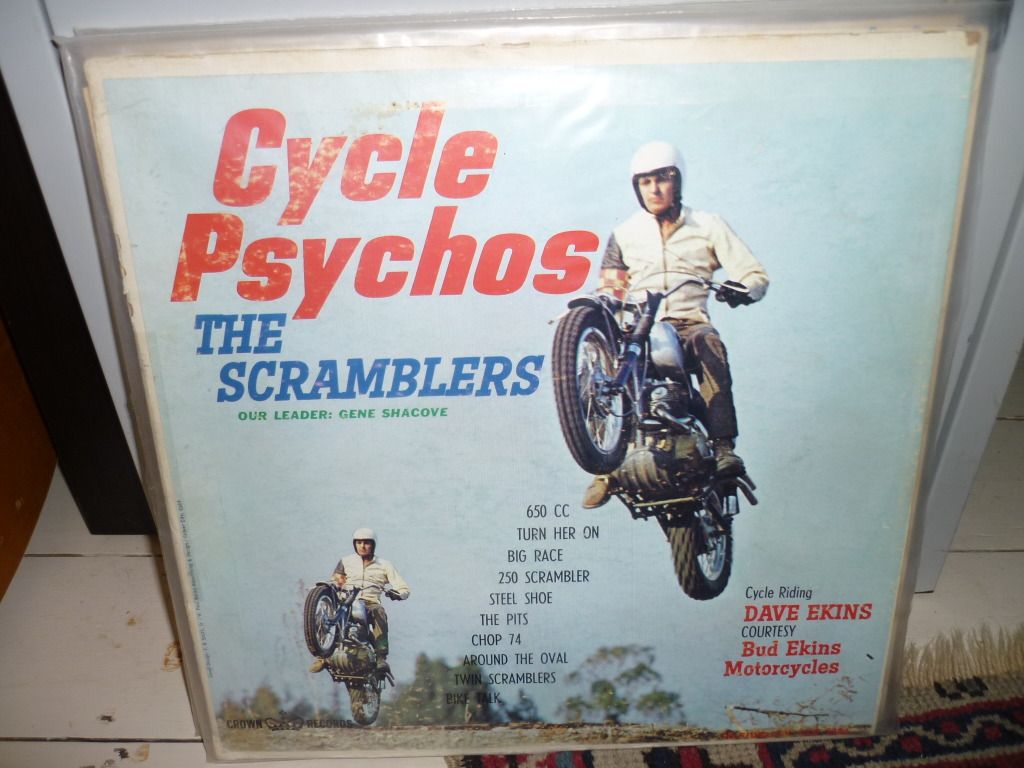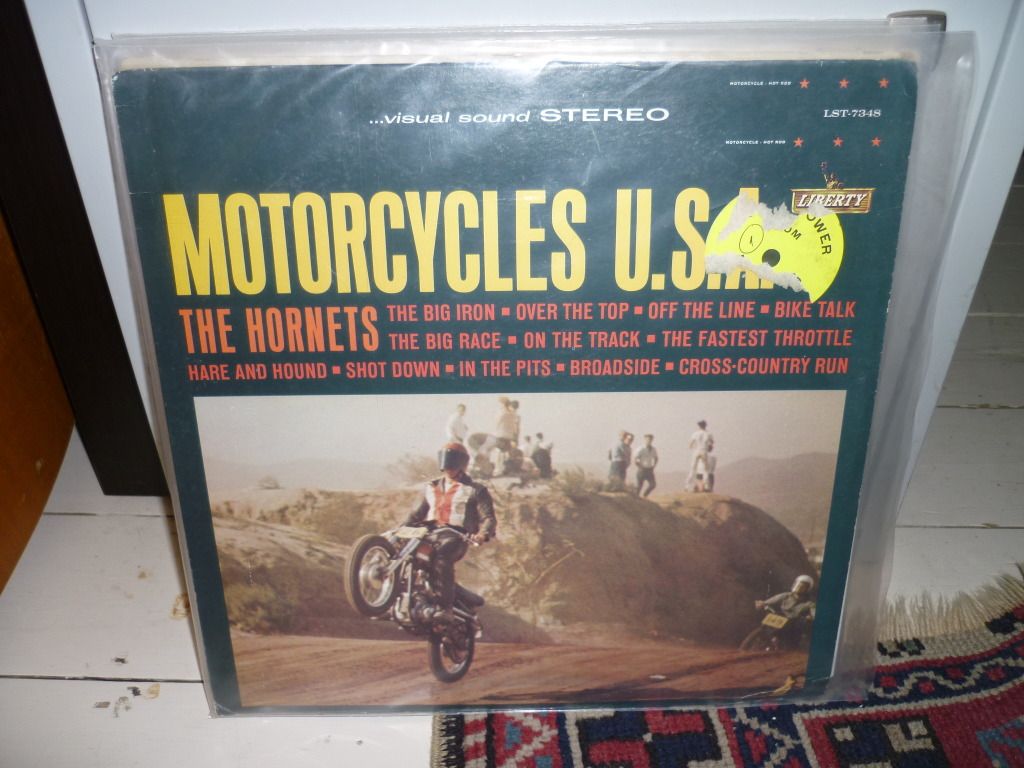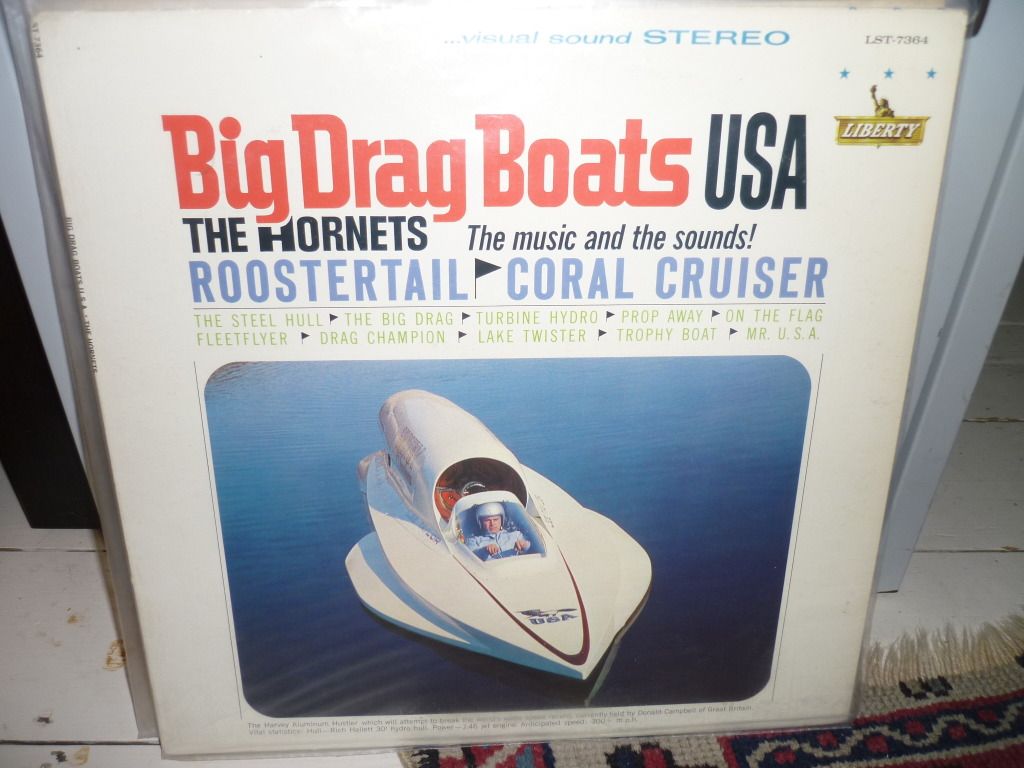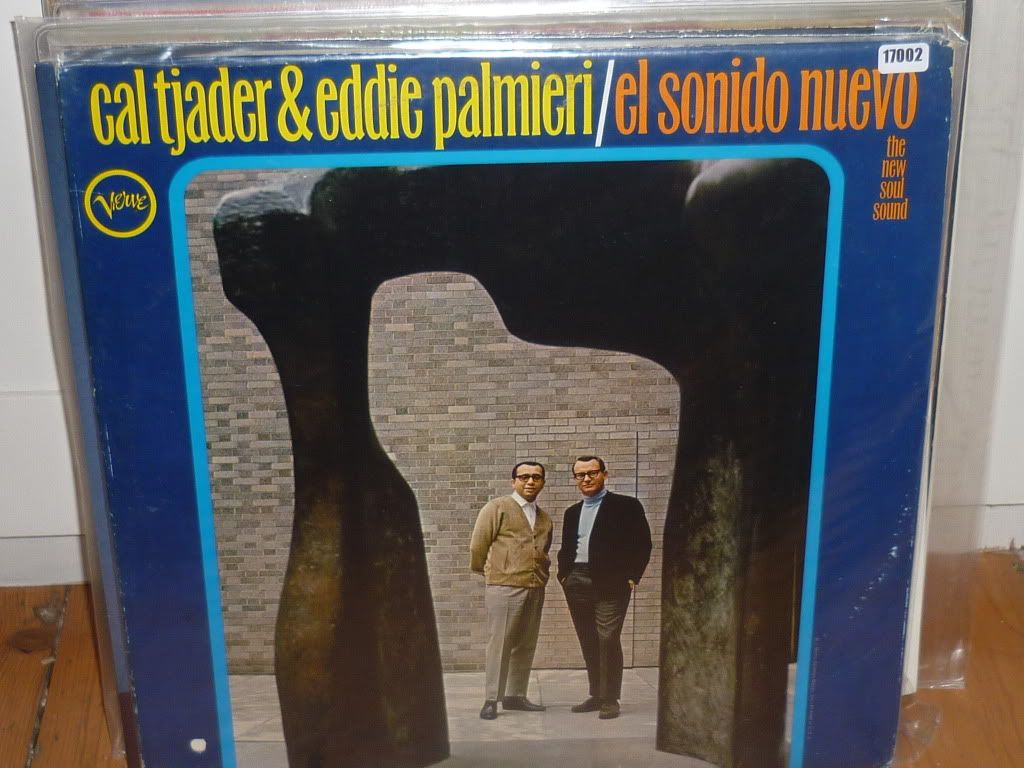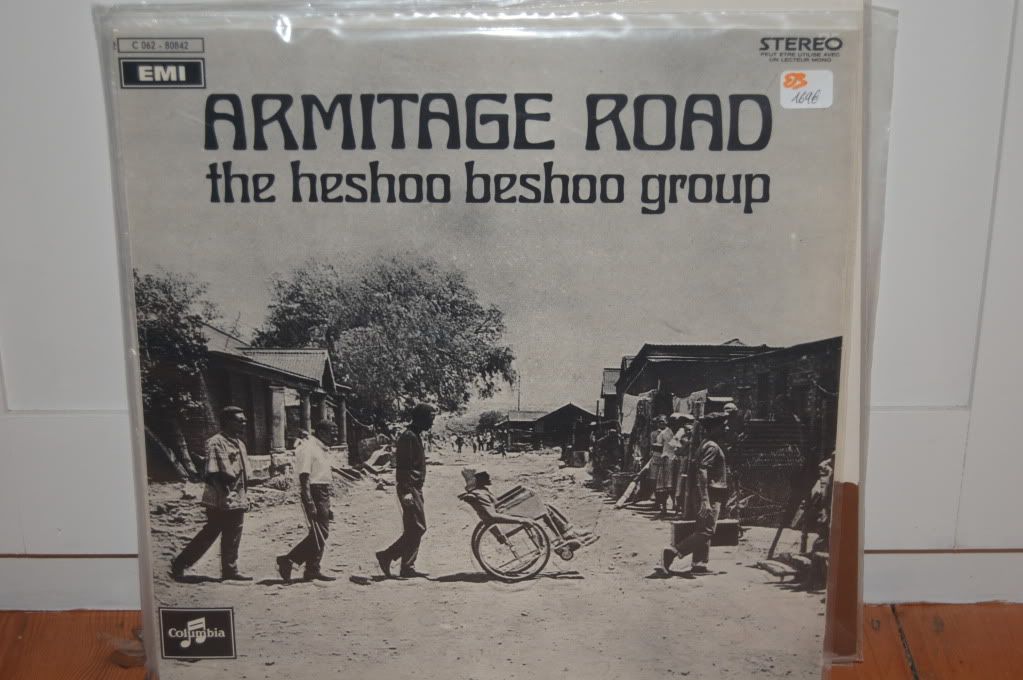1963 was the year of Elizabeth Taylor and Richard Burton in Cleopatra. The epic movie won four Oscars, not however, for the soundtrack which, although nominated lost out to the music for Tom Jones - remember that one (nor me)?
But nothing could stop the juggernaut of Cleopatra and Alex North's music found itself covered by such easy listening stalwarts as Al Caiola, Ferrante and Teicher and Dick Hayman.North had already scored the sword and sand epic Spartacus and Yusef Lateef had taken the Love Theme and made it an achingly beautiful jazz classic. Read about it here
Not only did Burton and Taylor sizzle on screen, their real life romance obvious to the millions who saw them, but the story of love against the odds, of passion and, lets face it, exotic sexual lust, was irresistible.
Who couldn't fall for it? Who could jump on the bandwagon?
In jazz, as in all other genres of music, a movement cannot be allowed to pass by in case it can bring you to the attention of more people. Hence the fad for producing records of jazzed up Broadway musicals, or doing James Bond knock-offs and exotica cross-overs. If millions liked the movie, maybe they'll buy a jazz records related to it?
Three Cleopatra themed jazz records made it into the shops and each would take a slightly different approach to turning the epic movie into a piece of jazz history.
Cleopatra represented something more than a sexy screen idol. She was exotic and sensual but not just in the way of any number of record covers that showed exotic ladies in states of undress, or North African belly dancers and concubines, or wild Cuban or Haitian female dancers. Cleopatra was a world famous beauty as well as a Queen. She was a perfect combination of beauty and brains - but because she was from Egypt and an historical figure she could be depicted wearing titillating clothes!
And although she was played by the very British Elizabeth Taylor, the real Cleopatra was, of course from Egypt. In 1963 there was an ever growing awareness amongst black Americans that the history of the world was not necessarily the same as the history of white Europeans. Egypt was part of the African continent and therefore part of the original homeland of many who were starting to question their white-American-determined roots and heritage. Of course none of this is visible in the movie, nor in the music. However, it is worth noting Sun Ra's Egyptian obsession, Wayne Shorter's Black Nile and Jackie McLean's On the Nile as instances of the jazz world taking notice of Egypt.
The first to give it a go was Paul Gonsalves.
Gonsalves for some reason didn't take full advantage of the opportunity to have a picture of Liz Taylor on the front of his record and instead opted for a picture of himself in from of a stone, carved coffin. No accounting for taste!
A very solid effort on Impulse, Cleopatra, Feelin Jazzy sees the ex-Ellingtonian teamed up with a crack group consisting of Hank Jones, Dick Hyman, George Duvivier, Kenny Burrell and Roy Haynes. Even I could make a great record with these guys helping! However, despite the all star cast its the least adventurous of the three records.
Gonsalves acquits himself magnificently throughout, his tone and phrasing are impeccable. They cover two tracks from the original soundtrack, Caesar and Cleopatra Theme and Anthony and Cleopatra Theme. After that they are free to let rip.
However, although the original compositions (and Ellington's Action in Alexandria) are all given titles that relate to the movie - Blues for Liz, Cleo's Blues, Cleo's Asp and Cleopatra's Lament, the music itself has no hint of Egypt, Africa, exotica or anything other than an American swinging hard bop. Its all very nice but not great. There is little that is either exotic, or indeed particularly spectacular about Cleopatra Feelin Jazzy. It a good sold listen but once the needle leaves the record the music quickly fades.
Next up is another Paul - Paul Horn and he is fielding a more West Coast team than Gonsalves. This Paul called up some mates, Emil Richards, Larry Bunker who would later play with him on his Jazz Suite on the Mass Texts (read about it here) as well as some other experienced studio musicians such as Brit expat, Victor Feldman, Chuck Israels and Colin Bailey.
They also used this opportunity to have a very suggestive picture of Liz Taylor on the cover. As you can see she fixes you with a direct stare before your eyes are dragged down over the amazing necklace and shimmering gown.
Horn and co did not bring any original material to this record but their interpretations of Alex North's music is so original that I don't think that matters.
Horn's soaring flute work is given an even more exotic backdrop by Richards' vibes and Bunker's percussion work and although it is uncredited Horn also plays the melodia on some tracks. Taken together this makes this a very enjoyable and satisfying record. It mixes just the right amounts of exotica and jazz to make it interesting throughout. Compared to the massive orchestration of the original, Horn's record sound refreshingly clear and fresh.
There is nothing remotely North African or indeed Egyptian or even Arabian about this music. It owes its exotic nature as much to the movie's depiction of Cleopatra as to any knowledge of music beyond the borders of the United States.
Having said all of that, this is one of my favourite Horn records and although it takes Alex North's music as its starting point it is, in my view, has very much its own character. Of course, Horn and Richards would go on to make more 'authentic' records later in the decade.
So, finally, on to the wild card in the pack.. What is this all about?
The Music of Cleopatra on the Nile was released on the small Mount Vernon Music label based in New York.
There is exactly no information on either the sleeve or the label as to who was behind this record. No musicians listed, no producer credited, no writer acknowledged. It seems to have come out of nowhere.
And the music, I hear you ask? Well the it is an amazing amalgam of jazz, of what to my ears sounds like Eastern European clarinet - almost klezmer in places, an instrument that sound like an oud (read about Ahmed Abdul Malik and his fusion of oud and jazz here), and some great percussion of bells, gongs and hand drums. It sounds like music from North Africa rather than music from America - or more precisely it sounds like music played by musicians who were familiar with music outside of jazz but familiar with jazz as well. Particular highlights for me are Passionate and Exotica, both of which provide a great danceable mix of styles. Dance of the Perfumed Veils is strangely hypnotic and alluring.
Who made this music? There is some speculation on the web that Sun Ra had a hand in it. I'm afraid that I just can't hear that. I know he made the Batman and Robin record but this just doesn't sound like anything by Sun Ra I've ever heard.
I like the fact that we may never know who was behind this. It just means that there is nothing to distract you from the music. Unless its the busty drawing of our Liz on the front cover!
Track this one down. Its an obscure joy.
Or click here to go to the whole album
* Yes I know this is from Twelth Night - so sue me!
But nothing could stop the juggernaut of Cleopatra and Alex North's music found itself covered by such easy listening stalwarts as Al Caiola, Ferrante and Teicher and Dick Hayman.North had already scored the sword and sand epic Spartacus and Yusef Lateef had taken the Love Theme and made it an achingly beautiful jazz classic. Read about it here
Not only did Burton and Taylor sizzle on screen, their real life romance obvious to the millions who saw them, but the story of love against the odds, of passion and, lets face it, exotic sexual lust, was irresistible.
Who couldn't fall for it? Who could jump on the bandwagon?
In jazz, as in all other genres of music, a movement cannot be allowed to pass by in case it can bring you to the attention of more people. Hence the fad for producing records of jazzed up Broadway musicals, or doing James Bond knock-offs and exotica cross-overs. If millions liked the movie, maybe they'll buy a jazz records related to it?
Three Cleopatra themed jazz records made it into the shops and each would take a slightly different approach to turning the epic movie into a piece of jazz history.
Cleopatra represented something more than a sexy screen idol. She was exotic and sensual but not just in the way of any number of record covers that showed exotic ladies in states of undress, or North African belly dancers and concubines, or wild Cuban or Haitian female dancers. Cleopatra was a world famous beauty as well as a Queen. She was a perfect combination of beauty and brains - but because she was from Egypt and an historical figure she could be depicted wearing titillating clothes!
And although she was played by the very British Elizabeth Taylor, the real Cleopatra was, of course from Egypt. In 1963 there was an ever growing awareness amongst black Americans that the history of the world was not necessarily the same as the history of white Europeans. Egypt was part of the African continent and therefore part of the original homeland of many who were starting to question their white-American-determined roots and heritage. Of course none of this is visible in the movie, nor in the music. However, it is worth noting Sun Ra's Egyptian obsession, Wayne Shorter's Black Nile and Jackie McLean's On the Nile as instances of the jazz world taking notice of Egypt.
The first to give it a go was Paul Gonsalves.
Gonsalves for some reason didn't take full advantage of the opportunity to have a picture of Liz Taylor on the front of his record and instead opted for a picture of himself in from of a stone, carved coffin. No accounting for taste!
A very solid effort on Impulse, Cleopatra, Feelin Jazzy sees the ex-Ellingtonian teamed up with a crack group consisting of Hank Jones, Dick Hyman, George Duvivier, Kenny Burrell and Roy Haynes. Even I could make a great record with these guys helping! However, despite the all star cast its the least adventurous of the three records.
Gonsalves acquits himself magnificently throughout, his tone and phrasing are impeccable. They cover two tracks from the original soundtrack, Caesar and Cleopatra Theme and Anthony and Cleopatra Theme. After that they are free to let rip.
However, although the original compositions (and Ellington's Action in Alexandria) are all given titles that relate to the movie - Blues for Liz, Cleo's Blues, Cleo's Asp and Cleopatra's Lament, the music itself has no hint of Egypt, Africa, exotica or anything other than an American swinging hard bop. Its all very nice but not great. There is little that is either exotic, or indeed particularly spectacular about Cleopatra Feelin Jazzy. It a good sold listen but once the needle leaves the record the music quickly fades.
Next up is another Paul - Paul Horn and he is fielding a more West Coast team than Gonsalves. This Paul called up some mates, Emil Richards, Larry Bunker who would later play with him on his Jazz Suite on the Mass Texts (read about it here) as well as some other experienced studio musicians such as Brit expat, Victor Feldman, Chuck Israels and Colin Bailey.
They also used this opportunity to have a very suggestive picture of Liz Taylor on the cover. As you can see she fixes you with a direct stare before your eyes are dragged down over the amazing necklace and shimmering gown.
Horn and co did not bring any original material to this record but their interpretations of Alex North's music is so original that I don't think that matters.
Horn's soaring flute work is given an even more exotic backdrop by Richards' vibes and Bunker's percussion work and although it is uncredited Horn also plays the melodia on some tracks. Taken together this makes this a very enjoyable and satisfying record. It mixes just the right amounts of exotica and jazz to make it interesting throughout. Compared to the massive orchestration of the original, Horn's record sound refreshingly clear and fresh.
There is nothing remotely North African or indeed Egyptian or even Arabian about this music. It owes its exotic nature as much to the movie's depiction of Cleopatra as to any knowledge of music beyond the borders of the United States.
Having said all of that, this is one of my favourite Horn records and although it takes Alex North's music as its starting point it is, in my view, has very much its own character. Of course, Horn and Richards would go on to make more 'authentic' records later in the decade.
So, finally, on to the wild card in the pack.. What is this all about?
The Music of Cleopatra on the Nile was released on the small Mount Vernon Music label based in New York.
There is exactly no information on either the sleeve or the label as to who was behind this record. No musicians listed, no producer credited, no writer acknowledged. It seems to have come out of nowhere.
And the music, I hear you ask? Well the it is an amazing amalgam of jazz, of what to my ears sounds like Eastern European clarinet - almost klezmer in places, an instrument that sound like an oud (read about Ahmed Abdul Malik and his fusion of oud and jazz here), and some great percussion of bells, gongs and hand drums. It sounds like music from North Africa rather than music from America - or more precisely it sounds like music played by musicians who were familiar with music outside of jazz but familiar with jazz as well. Particular highlights for me are Passionate and Exotica, both of which provide a great danceable mix of styles. Dance of the Perfumed Veils is strangely hypnotic and alluring.
Who made this music? There is some speculation on the web that Sun Ra had a hand in it. I'm afraid that I just can't hear that. I know he made the Batman and Robin record but this just doesn't sound like anything by Sun Ra I've ever heard.
I like the fact that we may never know who was behind this. It just means that there is nothing to distract you from the music. Unless its the busty drawing of our Liz on the front cover!
Track this one down. Its an obscure joy.
Or click here to go to the whole album
* Yes I know this is from Twelth Night - so sue me!
